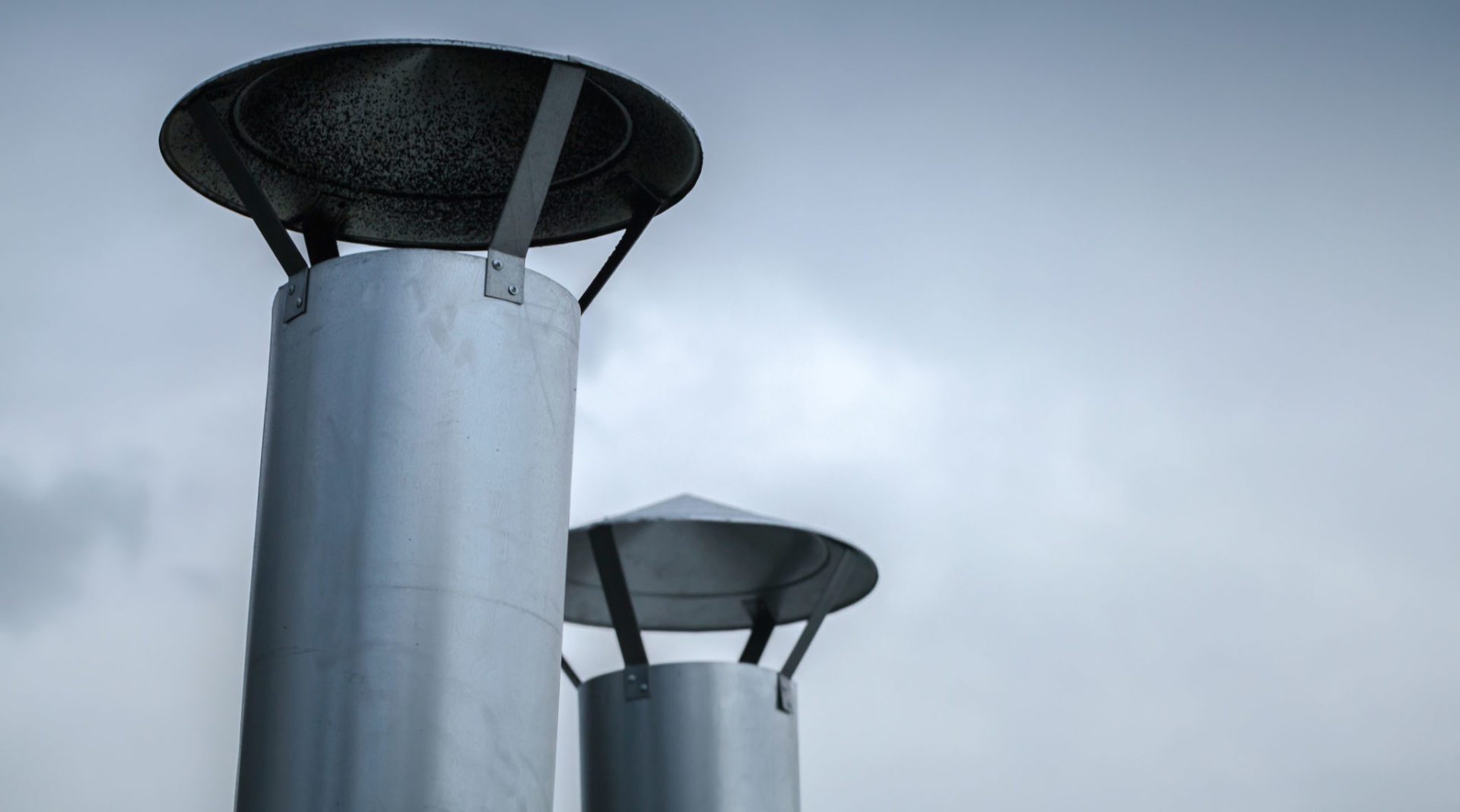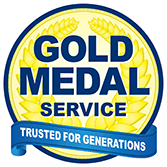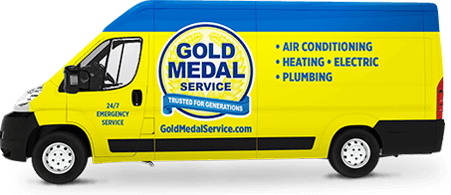
Ventilation works by replacing stale indoor air with fresh outdoor air. Infiltration is air that accidentally enters and escapes your home (through air leaks, for instance). Significant air leaks can compromise comfort, indoor air quality, and energy efficiency. Learn how to insulate and winterize your home.
Every furnace needs a working ventilation system to expel odors, gases, particles, and even moisture. In order for a furnace to operate safely and efficiently, there must be a ventilation line (flue) to remove dangerous combustion gases from the home. If you have a problem with your furnace ventilation system, you could be leaking carbon monoxide, nitrous oxides, and other harmful gases into the home. You also need a separate intake valve that pulls air in from the outside.
WARNING: Any fuel-burning product NEEDS ventilation. Carbon monoxide is of particular concern since it is an odorless and colorless gas. Remember to test your smoke and carbon monoxide detectors every 30 days. Learn more about carbon monoxide on the EPA’s website. If you notice condensation on your flue, call a professional right away. Never conduct DIY work on your ventilation system. There are many local and national restrictions that require professional training and expertise.
Furnace Ventilation Systems
There are two main types of furnace ventilation systems available to you: natural and direct. In order to control the air that comes in and out, your ventilation system needs to be designed for your home and layout. Not any one ventilation method is best. It depends on your home.
1. Natural Ventilation
Most furnaces use natural ventilation. The reason why it is called “natural” is because the pressure created by your system naturally lifts and expels the flue gases out of the flue. The hot combustion gases expand and get lighter as the cold air entering the furnace enters at a higher pressure. The pressure differential creates a natural way for the gases to exit the flue.
The air rises enough to get expelled through your roof. These systems are very common, and if you take a look at the roofs of your neighbors, you will see that most of them have a furnace flue ventilation pipe sticking up.
Tips & Insights: How to Fix a Loose Fan Belt In a Furnace
One common problem with natural ventilation, however, is the risk of back-drafting. Sometimes air and combustion gases are pulled back into the home, raising safety and efficiency questions. Ask your HVAC technician to inspect your natural ventilation system for signs of back-drafting.
Another problem is that flue pipes that go through the roof tend to be less efficient. If your furnace has an AFUE rating of 90% or lower, it probably exhausts the gases though the flue pipe on your roof.
2. Direct Ventilation
High-efficiency furnaces take advantage of the heat in the combustion gases that are wasted in natural ventilation systems. The combustion gases in higher efficiency units are sent to a second heat exchanger to extract heat before getting released.
Once the heat is removed from the gas, the combustion gases get cooled down and turn into a liquid form. As a result, the liquid needs to drain outside in a different manner. This is why you may see flue pipes on the side of your house. These systems use two pipes, one to intake fresh air and the other to exhaust flue gases using an induced draft motor.
There are very specific installation instructions to achieve safe and proper ventilation. Your intake pipe must be a certain distance away from the exhaust pipe and there has to be a minimum clearance of 5 feet. While it may be tempting to hide or trim your ventilation pipes, it is extremely dangerous to do so (and illegal).
Make sure you hire a professional whenever it comes to furnace ventilation. They will make sure that installation complies with all local, state, and national codes.
“There are 3 plastic types of pipes certified by the American Gas Association for use in high efficiency, condensing, category 4 furnaces: PVC, CPVC, and ABS.”
Although these pipes should be located high enough off the ground to prevent any risk of snow clogging, it’s important to periodically check your pipes to make sure they aren’t clogged with anything.
With direct ventilation, no chimney or vertical pipes are needed and installation is fairly easy. Safety and efficiency ratings are higher than natural vents.
If you are getting a new high-efficiency furnace or replacing an old chimney, sidewall vent systems are an effective and affordable option.
If you have any questions about your ventilation system, call Gold Medal Service. We’ll let you know if your furnace flue pipe goes through the roof or the side of the house and provide recommendations for safety and efficiency improvements.
Tips & Insights: Common Furnace Noises & Ways to Respond
Other Ventilation Systems
Exhaust-Only Ventilation
Furnace ventilation isn’t the only type of ventilation in your home. In addition to balanced ventilation (furnace), you may also have supply-only and exhaust-only ventilation.
You are all familiar with exhaust-only fans in your kitchens and bathrooms. You can also use exhaust only fans in your attic to dispense hot air to the outdoors in summer and reduce the risk of ice damming in winter.
Supply-Only Ventilation
Some homes have supply-only vents that bring in fresh air into your living spaces. With these types of ventilation systems, you are able to control and treat the incoming air. This can be very useful in homes with humidity problems as supply-only vents work with your other ventilation systems to keep your home safe and comfortable.
Whole-House Ventilation and Humidification
Some ventilation systems do not provide the correct amount of moisture. Under conditions where the ventilation is not working effectively, you may need whole-house or room humidifiers and dehumidifiers.
If you are seeing condensation in your home or experiencing high levels of static electricity, call an HVAC professional about humidification solutions. If you have a forced-air system, we can install a dehumidifier into your ductwork or add some water vapor to the supply air side.
Heating Repair and Replacement Services
If you suspect any problems with your furnace, call our team right away to receive support. Our professionals offer reputable HVAC services in Paterson, NJ and other areas. We provide a variety of innovative heating replacement and heating repair services to help you keep your house warm throughout the winter season.
To schedule plumbing, HVAC, electrical, and more, contact the professionals at Gold Medal Service. We’ll be there with our same day service guarantee! Give us a call today at (732) 638-4317 or schedule an appointment online! We’re available 24/7 to solve all of your home service needs. Don’t forget to follow us on Facebook and Twitter for more useful information and how-to’s!


